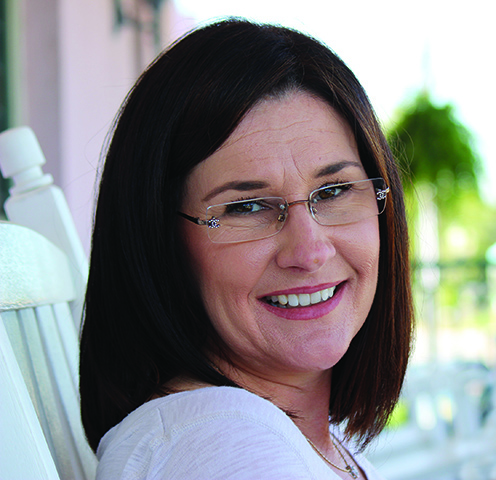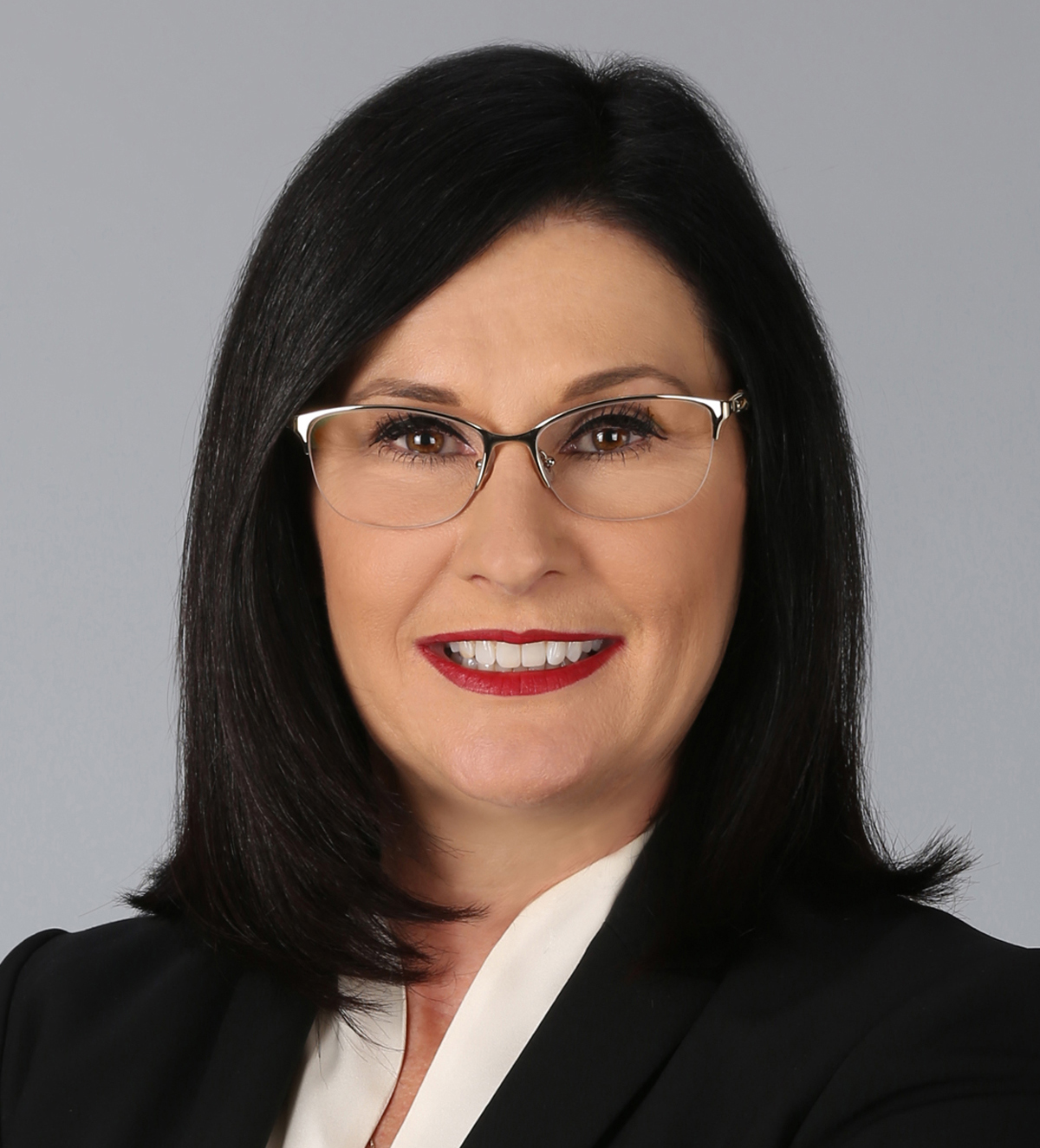All eyes remain on South Florida’s industrial sector as the dazzling belle of commercial real estate’s bull-market ball.
Miami-Dade County’s fourth-quarter industrial rents hit an all-time high, ending the year at $9 per square foot, gross, despite 4 million square feet of new construction completions in 2017, according to the latest CBRE market data.
More is on the way this year.
The Miami-Dade industrial market, by far is the largest in the state at 214.5 million square feet of inventory, had 24 projects totaling 4.9 million square feet under construction in the fourth quarter, data showed.
Inventory absorption topped 2.8 million for 2016, which was consistent with 2016 levels, data shows.
“Our activity is good,” says Michael Silver, first vice president of CBRE. “Miami is humming along.”
Trade, logistics, population growth and Miami International Airport’s recent designation from the International Aviation Transport Association as the world’s second “pharma hub”—with specialized facilities to handle the shipping of pharmaceuticals—remain key drivers, he says. (The other hub is Brussels Airport in Belgium.)
Fourth-quarter vacancy did tick up slightly to 3.5 percent, compared to a year before, because of new construction.
Palm Beach County ended the year with the lowest vacancy in the region at 3.2 percent, data shows. The county, which had nearly a half-million square feet of new industrial buildings open in the fourth quarter, also has the highest rents in the region at $9.25 per square foot on a net basis. That’s up 3 percent compared to the last quarter of 2016.
Broward County, which had a million square feet of new industrial inventory last year, had its fourth-quarter rents dip 4 percent to $8.46 on a net basis, compared to the previous year.
E-commerce—expected to be further buoyed by the federal $1.5 trillion tax-cutting package as many consumers see their take-home wages increase—continues to be an emerging driver of South Florida’s industrial market, Silver says.
According to CBRE, for each $1 billion of increased e-commerce sales, an additional 1.25 million square feet of brick-and-mortar warehouse and distribution centers will be needed to house and process the products. E-commerce sales—$462 billion in 2017—are projected to balloon to $789 billion by 2021, according to eMarketer data.
Propped up by employment growth and restrained construction, the region’s office market continued its slow upward glide in the fourth quarter.
Miami-Dade County has had the most post-recession office construction, delivering 129,676 square feet of new offices in last quarter of the year, most of that in downtown Miami. Vacancy fell to end the fourth quarter at 10.9 percent, compared to 11.6 percent a year earlier, data shows. Rents also increased a modest 3 percent.
Broward County had delivery of the 88,000-square foot Hillsboro Technology Center at Interstate 95 and Hillsboro Boulevard in Deerfield Beach in the fourth quarter. It is already 94 percent leased.
The county’s fourth-quarter vacancy rate tumbled 130 basis points to 11.8 percent with rent growth of 4 percent year-over-year, data shows.
Similarly, Palm Beach County had a continued burn-off of its office supply as a near-decade-long dearth of construction and rising corporate demand has filled up existing buildings. The county’s vacancy dipped 70 basis points to 16 percent in the fourth quarter and rents jumped 7 percent, year-over-year.
But uncertainty about the nation’s trade policy and a recent spate of tariffs coming out of the Trump administration does concern Coral Gables-based economist Tony Villamil of the Washington Economics Group.
Florida’s economy is heavily reliant on global trade and international business. One in four jobs statewide are linked to international trade. China was the state’s second largest trade partner in 2016, according to Enterprise Florida. Mexico and Canada are top markets for Florida’s manufacturing exports, including aviation parts and engines, computer components and telecommunications equipment.
“The economy is doing great, and all that helps real estate,” says Villamil, former undersecretary of commerce for economic affairs under President George H.W. Bush and part of the policy team that worked on the North American Free Trade Agreement. “But there are storm clouds on the horizon, coming all the way down from Washington, D.C., that we need to monitor.”↵


Freelance writer Darcie Lunsford is a former real estate editor of the South Florida Business Journal. She is the senior VP for leasing at Butters Group and is avoiding a conflict of interest in her column by not covering her own deals.











